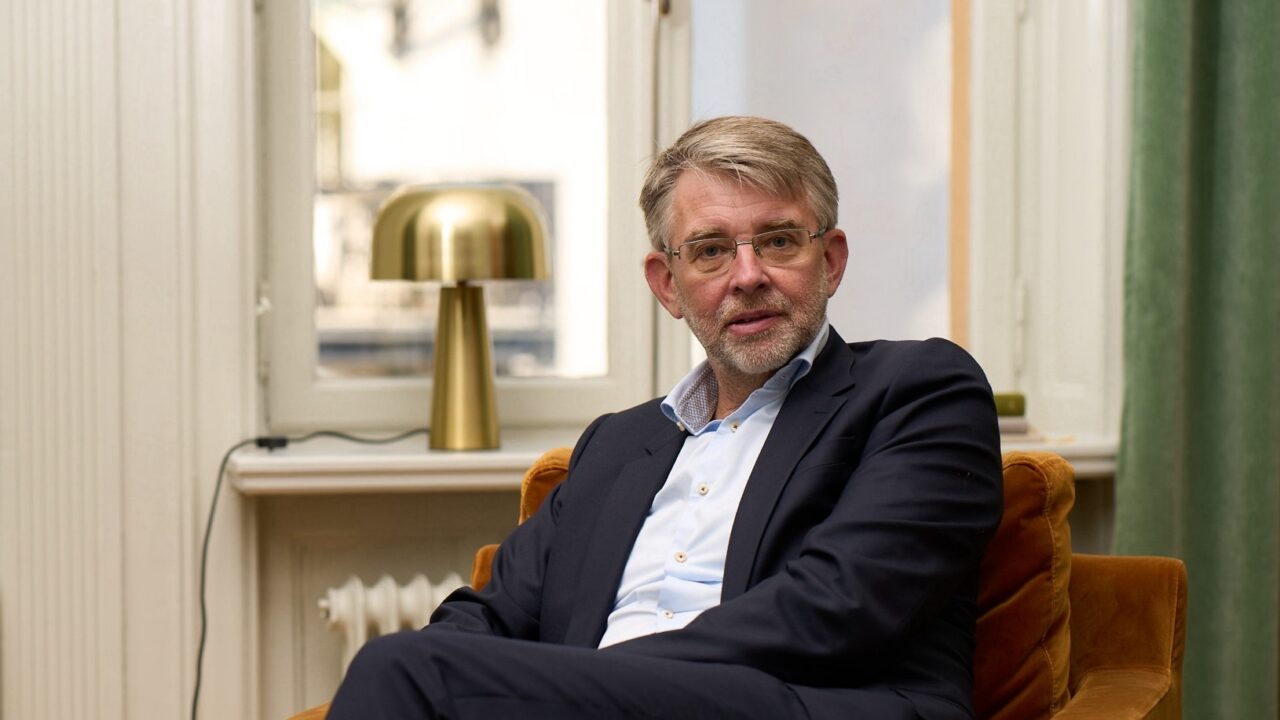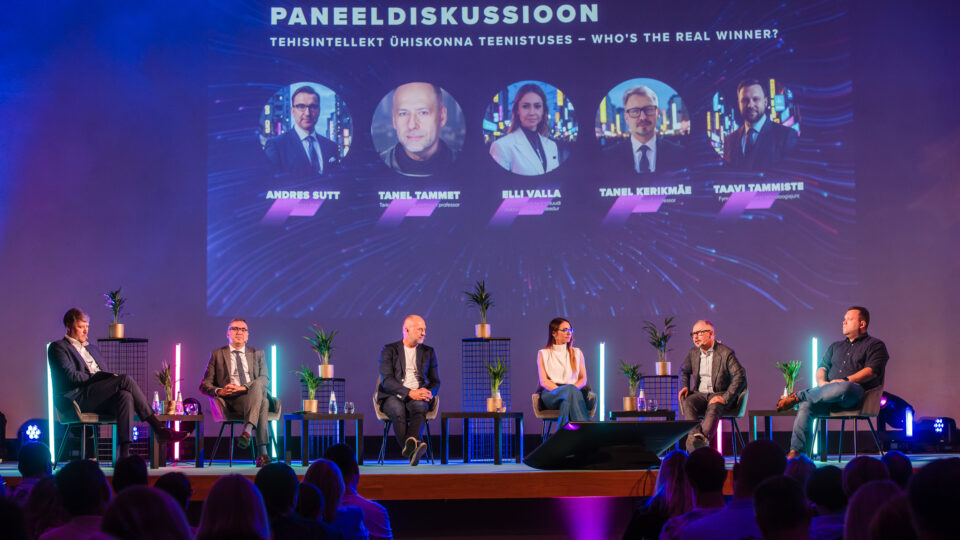Henrik Friman, strategist, former president of IHM Business School and Fellow of the Royal Academy of War Sciences, who will be the keynote speaker in TalTech´s Innovation Festival this June, believes the answer depends on our ability to understand, manage, and responsibly harness emerging technologies. In a world driven by artificial intelligence, quantum computing, and biotechnology, Friman emphasizes that the focus should not be on the technology itself but on its real-world impact. “It’s more important to understand what technology actually achieves in different fields than to simply focus on the technology itself,” he explained.
“It’s more important to understand what technology actually achieves in different fields than to simply focus on the technology itself.”
The double-edged sword of advanced technologies
Friman identified three major risks linked to AI and other emerging technologies, with misinformation being the first. He emphasized that AI systems can produce responses that appear credible but may actually be incorrect, particularly when users lack the expertise to evaluate them critically. As he explained, it takes a solid understanding of the subject to distinguish between an accurate answer and a vague or misleading one.
The second risk is competitive stagnation. Friman warned that if multiple companies use the same AI systems and access the same datasets, they may end up with identical solutions, reducing genuine innovation. “If everyone has the same AI and the same data, competition will ultimately come down to price, leading to less investment in technological advancements,” he emphasized.
“If everyone has the same AI and the same data, competition will ultimately come down to price, leading to less investment in technological advancements.”
The most alarming of the three risks Friman highlighted is manipulation. As AI technology advances, it has the power to sway behavior, mold opinions, and alter perceptions. Friman warned that, if misused, these technologies could deceive users or serve harmful purposes. He stressed that there is a genuine danger of using AI to influence people in ways that may not align with society’s best interests.
Friman illustrated the importance of using technology responsibly with a compelling example from his experience in military training. “We used advanced simulators to train our fighter pilots, and they became so skilled in the simulated environment that their techniques exceeded what was allowed during peacetime flights,” he explained. Simply put, while the technology helped the pilots become more skilled, it also led to a problem – their abilities exceeded what was permitted under real-world flight regulations. According to Friman, this perfectly demonstrates how technology can be a double-edged sword: it can enhance capabilities but must be carefully managed to avoid unintended outcomes.
Responsible technology: more than a buzzword
Companies must carefully balance innovation and security, especially when dealing with sensitive information and emerging technologies. He highlighted the concept of “dual-use” technology, where innovations can serve both civilian and military purposes, explaining that organizations must be aware of this potential and establish appropriate security measures.
Friman emphasized the need for organizations to clearly identify their most valuable assets and ensure they are properly safeguarded. This involves being aware of threats like industrial espionage and unauthorized access to intellectual property.
While research settings once embraced open collaboration, today’s security demands have significantly tightened. “Universities and similar environments used to welcome collaboration with almost anyone, but now, security measures are far more stringent,” he observed.
Friman explained that many organizations make a fundamental mistake when adopting new technologies—they focus on acquiring the latest tools rather than truly understanding their potential impact or aligning them with their core values.
He has experienced that executives often approach technology with the wrong mindset, typically asking, “How can this new technology benefit us?” Instead, he encouraged leaders to reframe their thinking. According to him, the true value of technology emerges when they consider how it can align with their business objectives, mission, and core values.
He highlighted that technology should not be treated like a shopping list where the latest tools are acquired without considering their actual benefit. It’s about taking responsibility to ensure that the technology you adopt genuinely supports your business and aligns with your values.

The touch of technology and the preservation of critical thinking – Europe faces choices in the global technology race. Should it focus on the speed of innovation or stay on the path of security and responsibility? according to Friman, the solution lies in international cooperation and fostering critical thinking among young people. Photo: Pexels
Europe’s place in the global tech race
When discussing Europe’s position in the global technology landscape, Friman acknowledged that Europe has substantial technological expertise but also faces challenges due to complex regulations. He pointed out that while regulations are often intended as security measures, they can sometimes hinder innovation.
Europe’s approach to technology tends to be more cautious compared to regions like the United States. “In the US, there is a greater willingness to take risks. The mindset is about pushing forward, being bold, and aiming to win. In Europe, we tend to be more cautious, following a step-by-step approach, which can be both a strength and a limitation.,” he explained. He illustrated this difference with the concept of being “bald-headed,” a term in the US that reflects a willingness to take risks and be bold, symbolized by the American bald eagle.
“In the US, there is a greater willingness to take risks. The mindset is about pushing forward, being bold, and aiming to win. In Europe, we tend to be more cautious, following a step-by-step approach, which can be both a strength and a limitation.”
However, Friman emphasized that this difference does not mean one approach is superior. Instead, he advocated for strong international collaboration, believing that partnerships between regions can drive global innovation. “It’s about choosing the best collaborative environment and using it to drive your development goals,” he noted.
Teaching critical thinking in a technological age
Friman raised a concern about future generations losing the ability to think critically, especially as technology becomes increasingly integrated into daily life. He emphasized that while technology offers valuable tools, it should not replace the fundamental skills of analysis, questioning, and independent thinking. “It’s going to be a great responsibility for the older generation to guide young people in understanding the purpose and use of these systems,” he explained.
This guidance should involve creating an environment that encourages curiosity, exploration, and critical thinking. He underscored the importance of mentorship, practical problem-solving, and allowing young people to experiment and learn through real-world challenges rather than relying solely on quick digital solutions.
“It’s going to be a great responsibility for the older generation to guide young people in understanding the purpose and use of these systems.”




